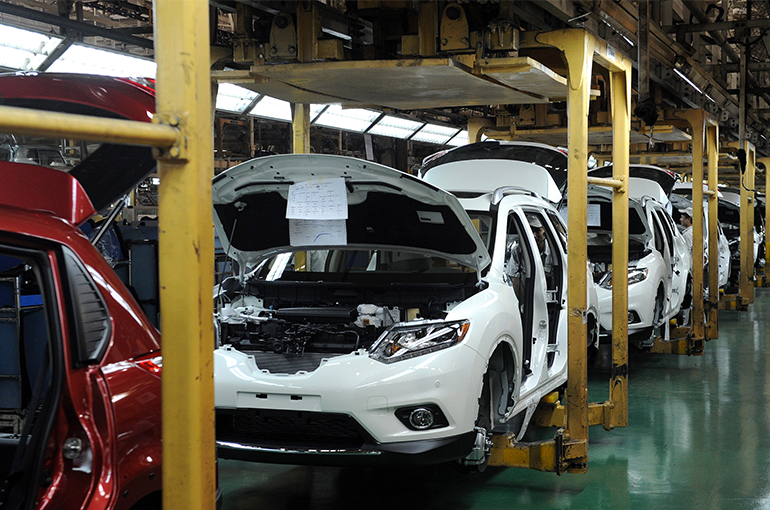 Changsha, Zhengzhou, Other Central China Cities Are Set to Surpass Million-Vehicle Output Level
Changsha, Zhengzhou, Other Central China Cities Are Set to Surpass Million-Vehicle Output Level(Yicai) Dec. 27 -- Central China is emerging as a new automotive manufacturing hub, with cities including Zhengzhou and Changsha each expecting to produce more than one million vehicles annually amid the electric vehicle boom, Yicai learned.
Supported by automakers BYD and SAIC Motor, Henan province's Zhengzhou is set to exceed one million units in annual production for the first time this year. In the first 11 months, the city's EV output more than doubled to 529,000 units.
Global EV leader BYD began operations at its new industrial park in the Zhengzhou Airport Economy Zone in April last year. From January to last month, the company's local plant produced 470,000 vehicles.
SAIC Motor, known for its Roewe and MG brands, has been developing its Zhengzhou facility since 2017, with annual capacity reaching over 440,000 vehicles last year.
Driven by EV manufacturers GAC Aion and BYD, Hunan province's Changsha recorded a 17 percent year-on-year increase in auto production during the first 10 months of this year, reaching 800,000 units, including 711,000 EVs.
Similarly, Hefei, another central Chinese provincial capital, announced in October that its annual vehicle production had surpassed one million units, with projections exceeding 1.3 million for the full year. Nio's headquarters relocation to Hefei over a decade ago helped develop local EV supply chains.
In Xi'an, Shaanxi province's capital, BYD announced on Dec. 13 that it had achieved an annual production capacity exceeding one million vehicles. Other manufacturers, including Geely Automobile and Shaanxi Automotive Holding Group, also contribute to local production. Provincial officials stated that Shaanxi aims to achieve a total vehicle production capacity of 1.7 million units.
While central cities are gaining prominence, Guangzhou, Chongqing, Shanghai, Shenzhen, and Jilin province's Changchun remain China's primary automotive manufacturing centers.
Given significant EV sector growth, Zhou Jian, head of Henan's local reform and development institute, advised local governments to focus on industry sustainability rather than production volumes alone, promoting orderly development to strengthen global competitiveness.
Editor: Emmi Laine